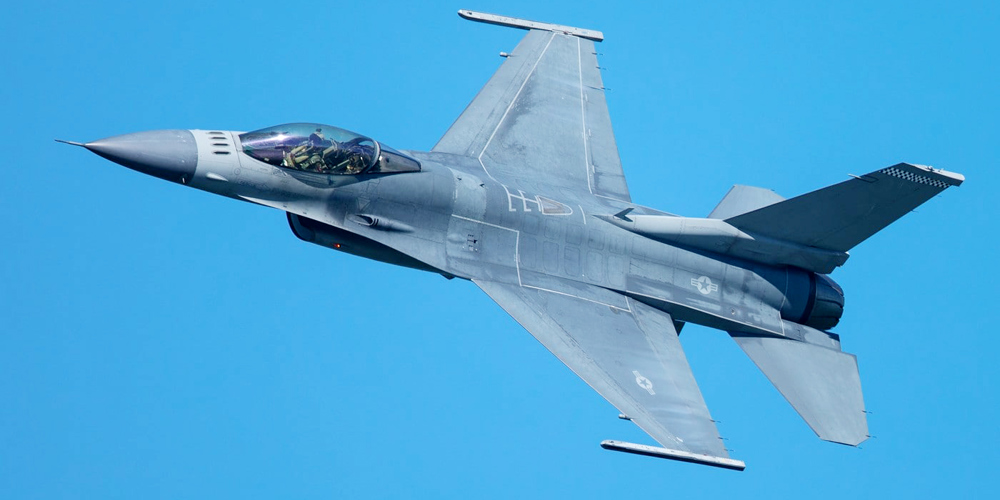The aft and forward polymethylmethacrylate (PMMA) or acrylic canopies on the same fighter jet failed in mid-flight on two separate occasions just four months apart. The subject aircraft spent many hours at high temperatures (roughly 90°C) while idle on the ramp. In flight, the outside temperatures were much lower (roughly 0°C).
Brown stains were observed around the edges of the canopies and a chemical compatibility issue with the sealant was suspected by the client. A few months before the incidents occurred, the canopy had accidentally been exposed to hydraulic fluid and may have been cleaned with alcohol.
Due to the canopy failures, the USAF Technical Airworthiness Authority (TAA) imposed an altitude restriction of 35k feet and no cabin pressurization on the fleet of jet fighters. The objective of the ESi investigation was to identify the failure mechanism, cause of failure, and preventive actions.
Based on the findings of the investigation, a second objective was to recommend and substantiate to the USAF Technical Airworthiness Authority (TAA) a return to pressurized flight without restrictions.
Our Approach
The analysis included macroscale (unaided eye and stereomicroscopy) and microscale (scanning electron microscope) fractographic examination of the failed canopy and comparison to laboratory-induced monotonic (single load application) overload and environmental stress cracking (ESC) fractures.
Fourier transform infrared analysis (FTIR) and energy dispersive spectroscopy (EDS) as well as differential scanning calorimetry (DSC), tensile, Izod impact, and fracture toughness mechanical tests, and chemical compatibility testing were also performed on the canopy assembly materials (transparency, sealant, adhesive, rubber and fasteners) to determine if material degradation played a role in the failure.
Stress analysis, including finite element analysis and a fracture mechanics assessment, was utilized to characterize the in-flight stresses and to estimate a critical flaw size.
The fracture surfaces of the failed transparency displayed features indicative of monotonic overload failure initiating at the fastener holes under bending loads with the transparency inner surface under tension and the outer surface under compression. No evidence of fatigue or environmental stress cracking was observed.
The numerous chemical, thermal, and mechanical tests conducted indicated no evidence of material degradation occurred due to weathering, oxidative aging, heat aging, or physical aging.
Stress analysis demonstrated that the added stress due to pressurization was very low (<200 psi). Furthermore, the predicted in-flight stresses in the transparency were much lower than the material tensile strength. The critical flaw or crack size was determined to be approximately 0.05 inch (1.3mm).
ESi concluded that the cause of the two canopy failures was isolated to a single aircraft, because: (A) failure did not occur early in the service life; (B) transparency failures have not occurred in other similar aircrafts; (C) evidence of one of the progressive, time-delayed failure mechanisms (i.e., material degradation, environmental stress cracking, and/or fatigue) was absent; and (D) the predicted nominal stresses were low.
This indicates that the subject aircraft canopies were exposed to an unusual event and that the evidence of this event/failure mechanism was lost with the missing/un-retrieved transparency fragments.
The most likely failure scenario is the existence of crack-like defects combined with the decrease in fracture toughness due to low temperature (high altitudes) and/or exposure to detrimental chemicals (i.e., stress cracking agents). Procedures were recommended to assure that any crack-like indications were <1mm and that the transparencies would not be exposed to detrimental chemicals.
Services Utilized
Expertise Utilized
The Outcome
The results of ESi’s investigation were used to recommend and substantiate to the USAF Technical Airworthiness Authority (TAA) a return to pressurized flight without altitude restrictions.

